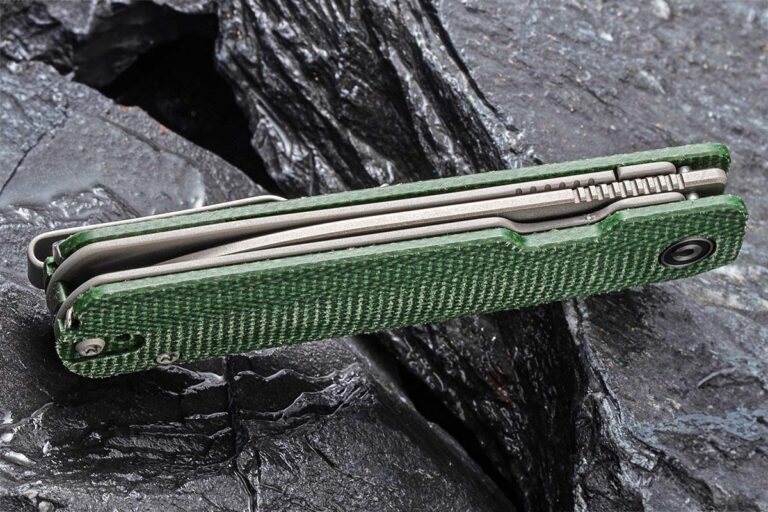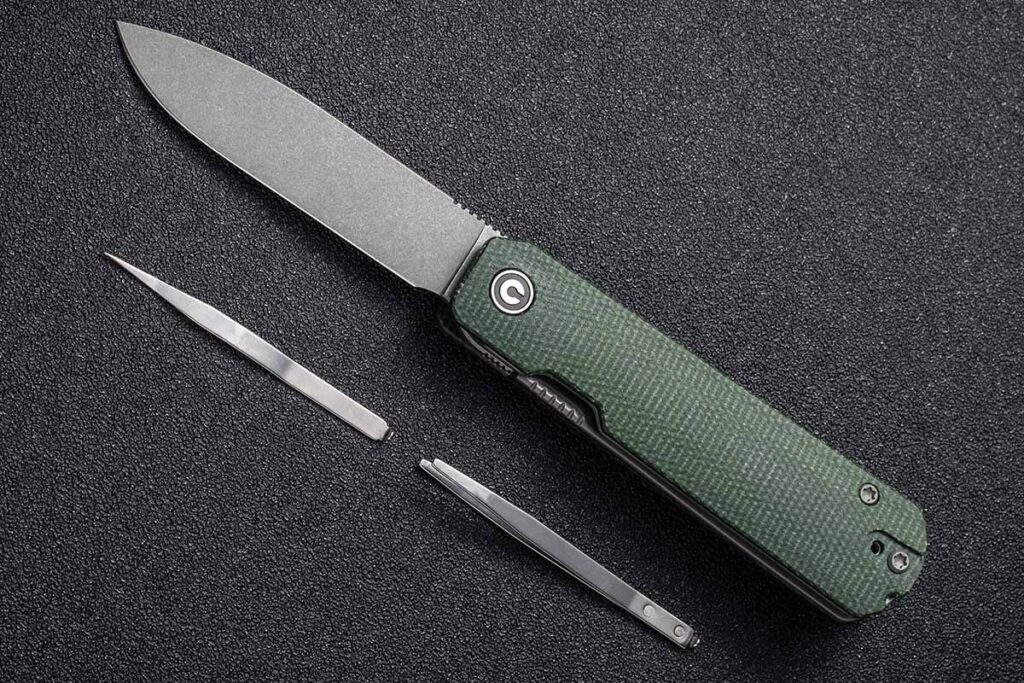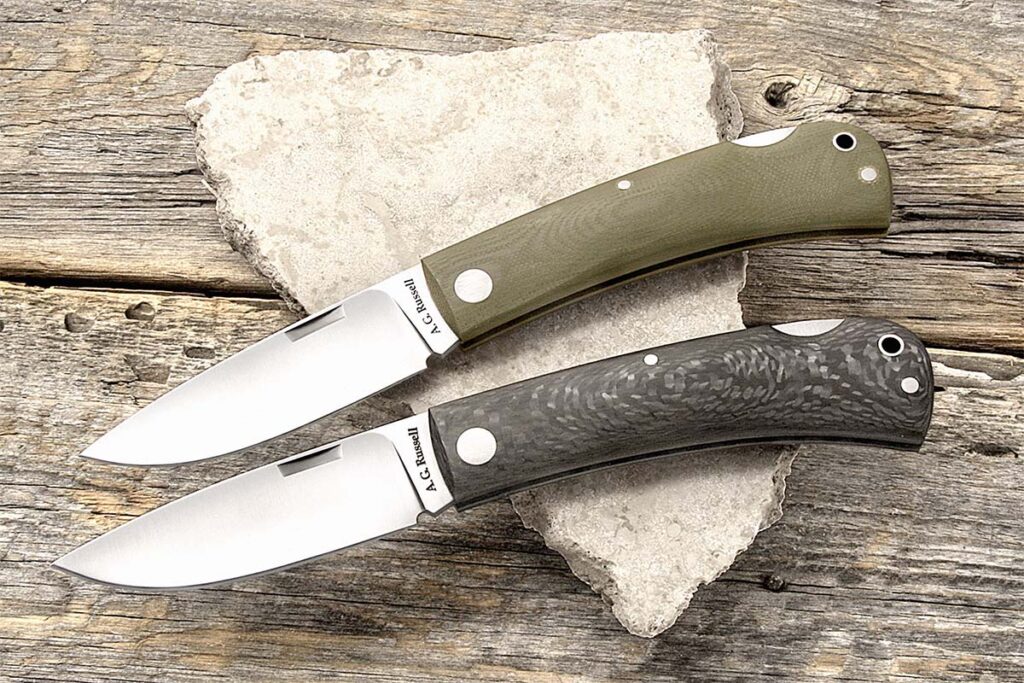
Some lean traditional, others modern and others “whatever’s in my pocket is fine”.
There are times when a pocketknife is essential and times when it’s not pragmatic. Though I’m guessing most BLADE readers wouldn’t be the ones who’d cause a problem, have you ever had a knife confiscated by the Transportation Security Administration? Sure, it’s in the name of world peace or whatever, but if you find yourself frequently in airports the best pocketknife might be the one you leave at home.
I’m fixing to admit a heresy: As a knife writer and knifemaker with a work-from-home day job, I don’t often carry a pocketknife. I have a small imported Benchmade on my work desk, and some of my “knife collection” is in my office, but that’s all. In my house I’ve got knives everywhere I go—kitchen, bedroom, office, outdoor shop, all over the place. I rarely carry one yet rarely go without. I also fly occasionally, so even my keychain knife has become out-of-pocket.
Let’s drill down through all the “it depends” and get to the final question: What’s the perfect pocketknife? Of course, there’s no definitive answer but there are some perspectives.
Jordan Wagner of DLT Trading

When it comes to the modern high-end folder, Jordan Wagner of DLT Trading said, “My favorite would be the Les George VECP. What sets it apart for me is Les’s tremendous attention to detail in both design and execution. His designs are clean and simple without being pedestrian, and they perform phenomenally in use. The VECP handle has fantastic ergonomics and is comfortable in multiple hand positions, while still feeling safe and locked in during use. The blade shape is functional and handsome, and his grinds tend to be extremely slicey. The VECP really hits all the buttons I look for in an EDC knife.”
Ben Petersen of Knafs

In addition to being co-founder of Knafs, Ben Petersen also designs knives. His latest entry is a model produced under the CIVIVI brand called the Sendy. In an innovative genius kind of way, Ben combines some of the best elements of traditional and modern design. The knife comes in Nitro-V, a stainless steel that threads the fine line between ease of sharpening and edge holding. It compares favorably to the traditional carbon steel knives of old yet sharpens much easier than the newer powder-metallurgy super steels.
The Sendy’s overall profile resembles a traditional barlow, with straight lines and a butt end wider than the tip. The blade comes in both spey and clip-point patterns. Also thrown in are more contemporary features such as a front flipper tab, linerlock, ceramic bearings, and a deep-carry, reversible pocket clip. However, what really sends this one over the top for me is the inclusion of tweezers and a toothpick that slide under the scales in the traditional Swiss Army knife configuration. Ben successfully combined modern and traditional elements into a very versatile, user-friendly pocketknife.
Goldie Russell Of A.G. Russell

I reached out to BLADE Magazine Cutlery Hall-Of-Fame® member Goldie Russell, who with her late husband, Cutlery Hall-of-Famer A.G. Russell, basically invented mail-order knife catalogs. Over the years the A.G. Russell Knives brand has marketed a huge variety of pocketknives and fixed blades, domestic and imported. The current catalog includes some interesting designs that blend modern and traditional sensibilities. One that appeals to me is the Skinny Brute, a traditional lockback in modern materials.
“A.G. designed the Brute in the 1970s,” Goldie began. “He and handmade knifemaker W.C. ‘Bill’ Davis perfected A.G.’s idea that by using Micarta® a folder could be made without metal liners. The result of that collaboration was the A.G. Russell Brute. At some point in the late 1970s, A.G. stopped offering them. In the early 1990s, we began to work with Bill again and for a number of years they were again made by hand in the U.S.A. For over five decades our customers have loved the profile, the deep nail mark for one-handed opening, the weight and the rest of the features of the design. Now, after many years, it is back, with a handle that is just a little thinner.”
Joe Culpepper of Culpepper & Co.

When it comes to the traditional pocketknife, Joe Culpepper of Culpepper & Co. handle material supplies and Old School Knife Works is a fan of the Case/Cutlery Hall-of-Famer Tony Bose collaboration swayback jack, as well as other swayback patterns, in either single- or double-blade configurations. “I think the design is simple, clean and elegant, and,” Joe stressed, “jigged bone is a must!”
What’s In Your Pocket?
Even among industry insiders, not everyone has the same preferences or shares the same opinions on what makes a perfect pocketknife. Some lean more traditional, others more modern and others more “whatever’s in my pocket is fine.”
No matter your preference, buy all the knives you can afford and carry them as often as you can. After all, you never know—the “perfect” pocketknife may just be the one you have on you when you need it most.
More On Pocketknives:
- 5 BEST POCKET KNIFE SHARPENER OPTIONS
- POCKETFUL OF MIRACLES: NEW POCKETKNIFE DROPS
- WHAT MAKES THE PERFECT POCKETKNIFE?
- HOW TO CLOSE A POCKETKNIFE
 NEXT STEP: Download Your Free KNIFE GUIDE Issue of BLADE Magazine
NEXT STEP: Download Your Free KNIFE GUIDE Issue of BLADE Magazine
BLADE’s annual Knife Guide Issue features the newest knives and sharpeners, plus knife and axe reviews, knife sheaths, kit knives and a Knife Industry Directory.Get your FREE digital PDF instant download of the annual Knife Guide. No, really! We will email it to you right now when you subscribe to the BLADE email newsletter.






